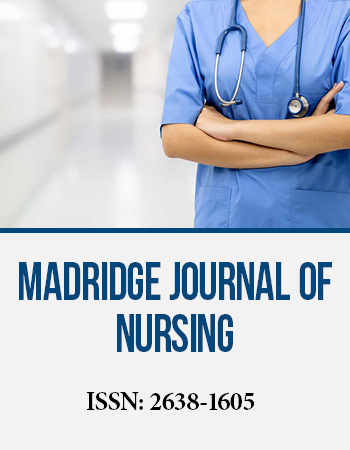2nd International Nursing Conference
November 1-3, 2017 Barcelona, Spain
A Multi-Disciplinary Collaboration: Best Practice Bundle Compliance in the Reduction of Central Line Associated Bloodstream Infections (CLABSIs) and Catheter Associated Urinary Tract Infections (CAUTIs)
Florida Hospital Tampa, USA
Background: CLABSIs affect 80,000 patients in the ICU each year and are associated with 24,000 deaths annually. A patientʼs length of stay can double due to development of a CLABSI. CAUTIs account for more than 15% of infections reported by acute care hospitals and it is estimated that more than 13,000 deaths are attributed to CAUTIs. CAUTIs can increase a patientʼs length of stay by 1 to 3 days.
Methods: The Nursing and Infection Prevention teams collaborated in the development of a bundle compliance process that is utilized every 12 hour shift 7 days a week by the direct patient care nurses. The database is on a shared drive that can be accessed 24 hours a day. Executives, Nursing Leaders and the Infection Prevention Director review the patient care plan and indications for the indwelling devices on a daily basis. Nursing Managers and Team Leaders review this on a per shift basis during patient rounds. This process is used in conjunction with an electronic report that lists patients by Nursing unit with central lines and indwelling catheters.
Results: Our infection prevention plan monitors and reports CLABSIs and CAUTIs for each Nursing unit. In 2016, there was a 50% reduction in CLABSIs for all Nursing units, including the ICUs. In 2016, there was a 33% reduction in CAUTIs for all Nursing units, including the ICUs.
Conclusions: A combination of education of the Nursing unit staff in best practice elements via a bundle compliance form, every shift assessment to reduce device utilization, review of indications for central lines and indwelling urinary catheters, in conjunction with daily rounds by Nursing Leadership and the infection preventionists resulted in a significant decrease in healthcare associated infections in our healthcare facility.


